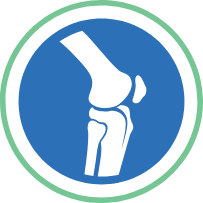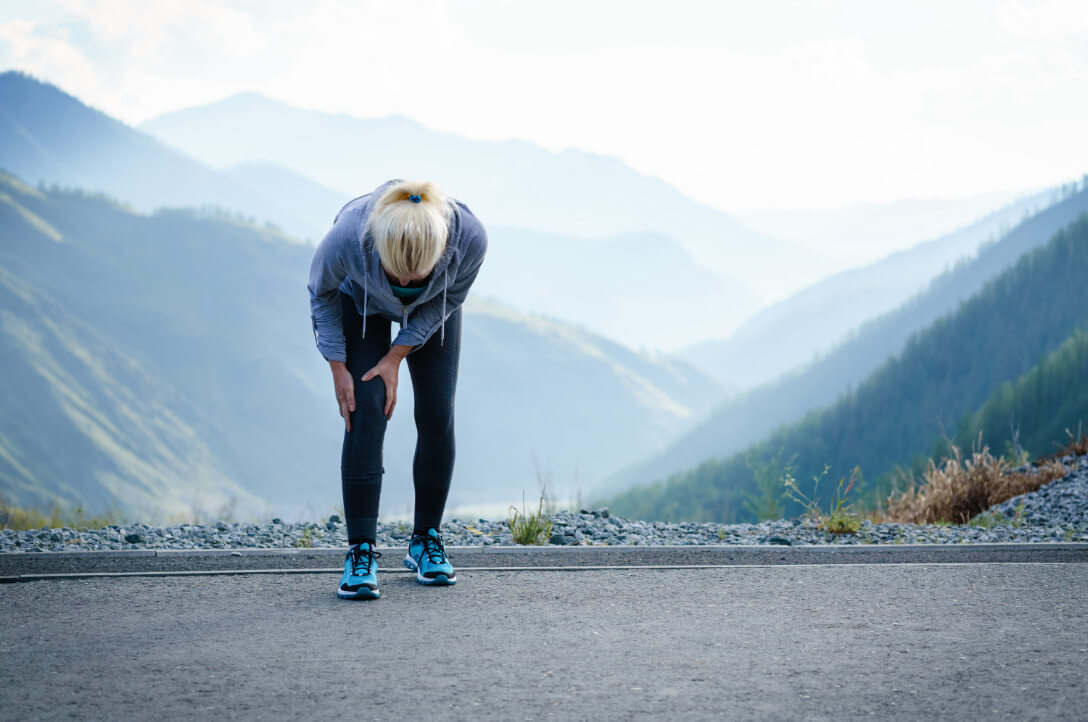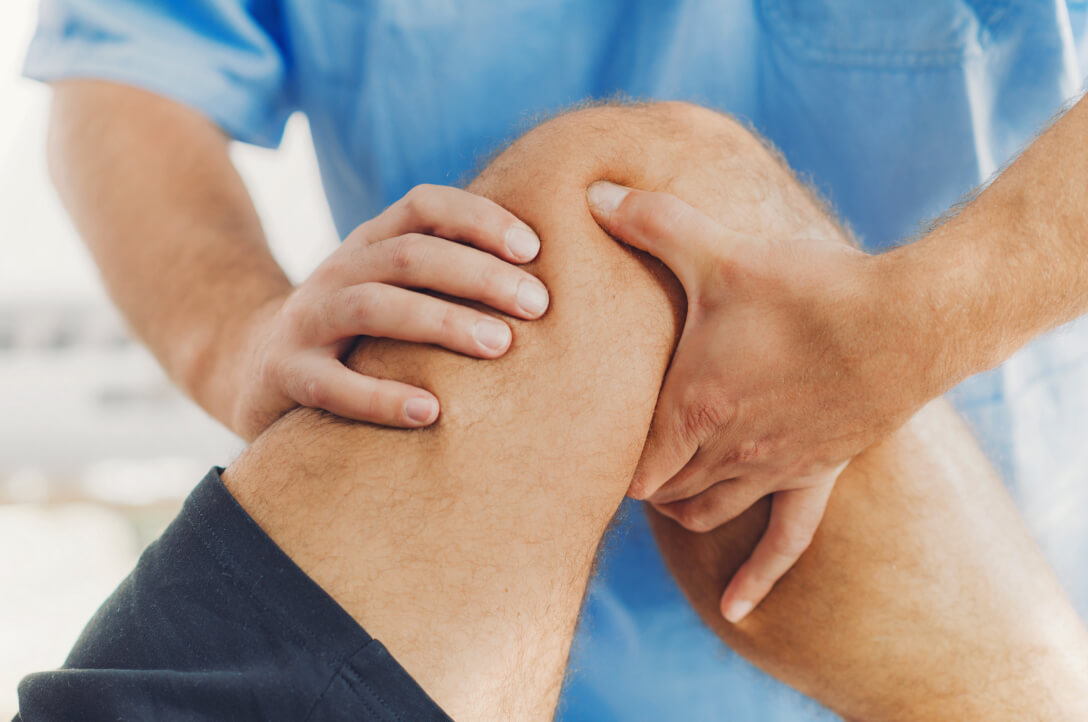

Orthopedic Knee Care
There’s no better way to experience living in Alaska than being outdoors. From hiking Flattop Mountain during the stunning summer months to skiing at Alyeska in the winter, Alaska’s unique lifestyle centers around being active — no matter the conditions. However, a knee injury can get in the way of enjoying all the great outdoor activities Alaska has to offer.
As the largest joint in your body, your knees play a major role in keeping you up on your feet. Whether sitting, standing, walking, running, or jumping, they give you the mobility you need to put your legs to use.
Your knee is the meeting point of different leg bones, including the femur, tibia, fibula, and patella, which can fracture or dislocate. Its tendons, ligaments, and cartilage can tear or become inflamed, causing debilitating pain and knee dysfunction. Our orthopedic specialists have expertise in treating a wide array of knee issues, so you can get back outside and enjoy Alaska’s beautiful landscape all 365 days of the year.

Common Knee Issues We Treat
Cartilage Injury
The knee has two c-shaped pieces of cartilage called menisci between the shinbone ad thighbone that helps absorb shock. Forceful twisting motions can tear the meniscus, causing a popping sensation at the time of the injury. Following the tear, patients may experience tenderness, swelling, and difficulty extending the knee.
Knee Ligament Tears
There are four ligaments in the knee, including the ACL, PCL, LCL, and MCL, which are all susceptible to injury. ACL tears are the most common knee ligament injury and affects the tissue that connects the thighbone to the shinbone.
Plica Syndrome
A condition caused by overuse due to exercise or trauma to the knee, plica syndrome occurs when one of the four plicas, folds in the knee’s soft tissues, get irritated. This can cause pain, swelling, locking, and instability in the knee, especially when bending it.
Knee Arthritis
Inflammation of the knee joint can cause chronic pain, making it difficult to bend and causing locking or sticking sensations when active. There are several types of arthritis that can affect the knee joint, including osteoarthritis, rheumatoid, and posttraumatic arthritis. Osteoarthritis, or degenerative arthritis, is the most common and is caused by wear and tear that worsens with time.
Patella Instability
The patella, or the kneecap, is attached to the knee with the two tendons and protects the rest of the joint from injury. When positioned properly, the patella slides up and down without resistance or pain. Previous injuries, certain bone structures, ligament and tendon issues, and poor landing position can all make the kneecap vulnerable to instability, causing it to frequently come off track.
Quadriceps Tendonitis
The quadricep tendon connects the kneecap to the thighbone. This fibrous tissue can become inflamed overtime with activities that place excess stress on the knee, including jumping, kicking, and bending motions. Pain is felt right above the kneecap and often flares with activity, especially when running or jumping.
Knee Fracture
Knee fractures often affect the patella, or kneecap, which is the large bone covering the front of the knee. This injury typically happens with sudden impact and is common after severe falls or motor vehicle accidents.

Orthopedic Knee Treatments
When you come see our orthopedic surgeons for knee pain, our providers will begin by diagnosing the cause of your pain using the latest technology in the field. You’ll have the chance to meet with your doctor the first time you come see us. After a physical examination, they may recommend further tests such as an X-ray, MRI, CT scan, ultrasound, or blood test.
When possible, our specialists use conservative methods to reduce symptoms, promote healing, and prevent future injuries. This may include non-surgical treatments such as corticosteroid or PRP injections, physical therapy to strengthen and stabilize the knee, knee braces, or the RICE method. We also offer many surgical options when deemed necessary, including knee arthroscopic surgery, the OATS procedure, total or partial knee replacements, and knee replacement revisions.

